Often out in the most hazardous corners of the country, lighthouses and the people who lived and worked in them have kept sailors safe for centuries.
In the modern era of automated lighthouses, these majestic landmarks are more of a nostalgic, romantic and historic visitor destination, silently standing guard over our coasts.
Often located on spectacular headlands overlooking land and sea, lighthouses are an iconic sight on British coastlines, and offer an exiting focal point to any coastal walk or day trip.
From the shortest and the oldest to the most remote and iconic, our guide explores some of the best lighthouses to see in Britain.

History of the lighthouse in Britain
Dating back to the Roman times, Britain's early lighthouses were often found in religious buildings sat on hilltops along the coast. However, it wasn't until the early 18th century that modern lighthouse construction began in the UK. An increased in transatlantic trade encouraged the building of lighthouses to warn trading ships against hazards, such as reefs and rocks and guide them to safety.
How many lighthouses are there in the UK?
There are more than 60 lighthouses dotted around the coast of England and Wales. The charity Trinity House looks after many of these lighthouses to help maintain the safety of seafarers.
The Northern Lighthouse Board operate a further 208 around Scotland.
What are the best lighthouses to visit in the UK?
Lizard Point, Cornwall - most southerly lighthouse on mainland Britain
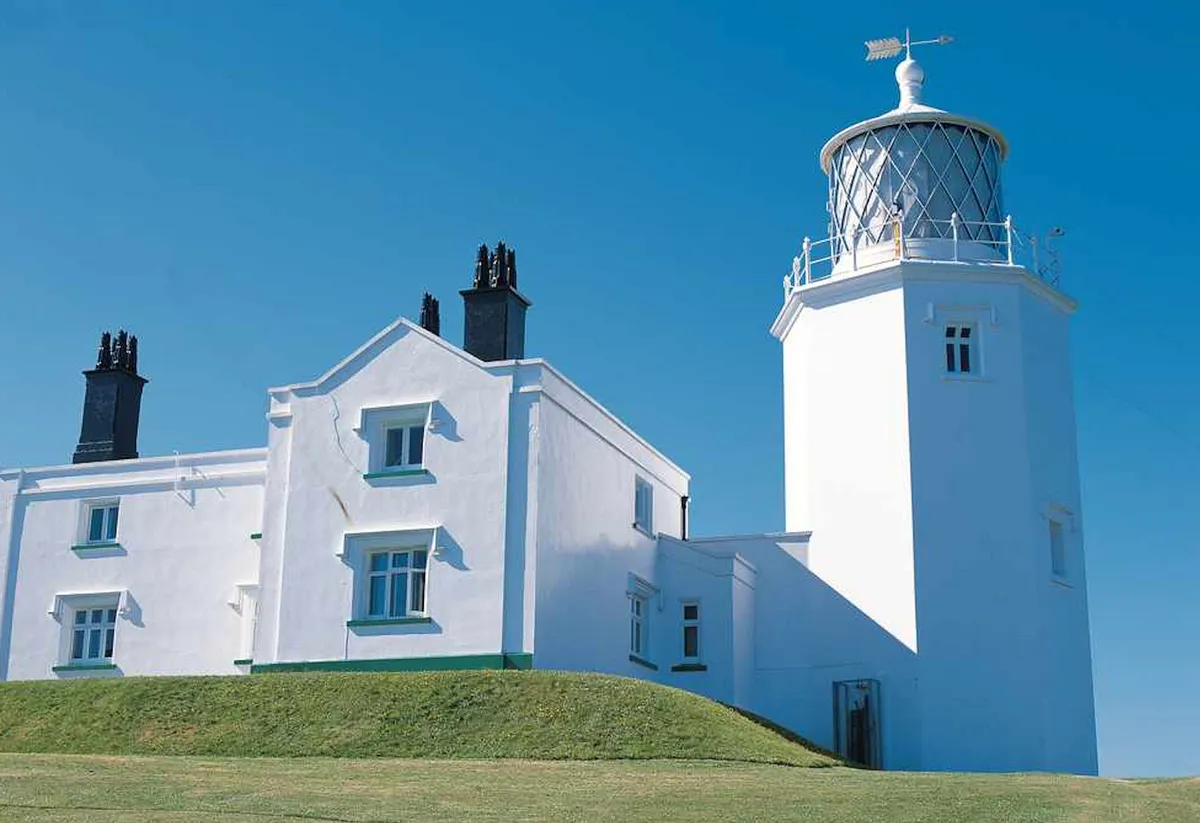
This dual towered lighthouse off the Cornish coast stands at the most southerly point of mainland Britain. The light has stood here since 1619. According to Trinity House, a local man, Sir John Killigrew, applied for the first patent for a lighthouse on the site. It was granted, but with one condition. With the Cornish coast a hotbed of piracy and smuggling in those days, it was required that the light was extinguished when the enemy approached, for fear that it would guide the miscreants home.
Muckle Flugga, Isle of Unst, Scotland - most northerly lighthouse in Britain
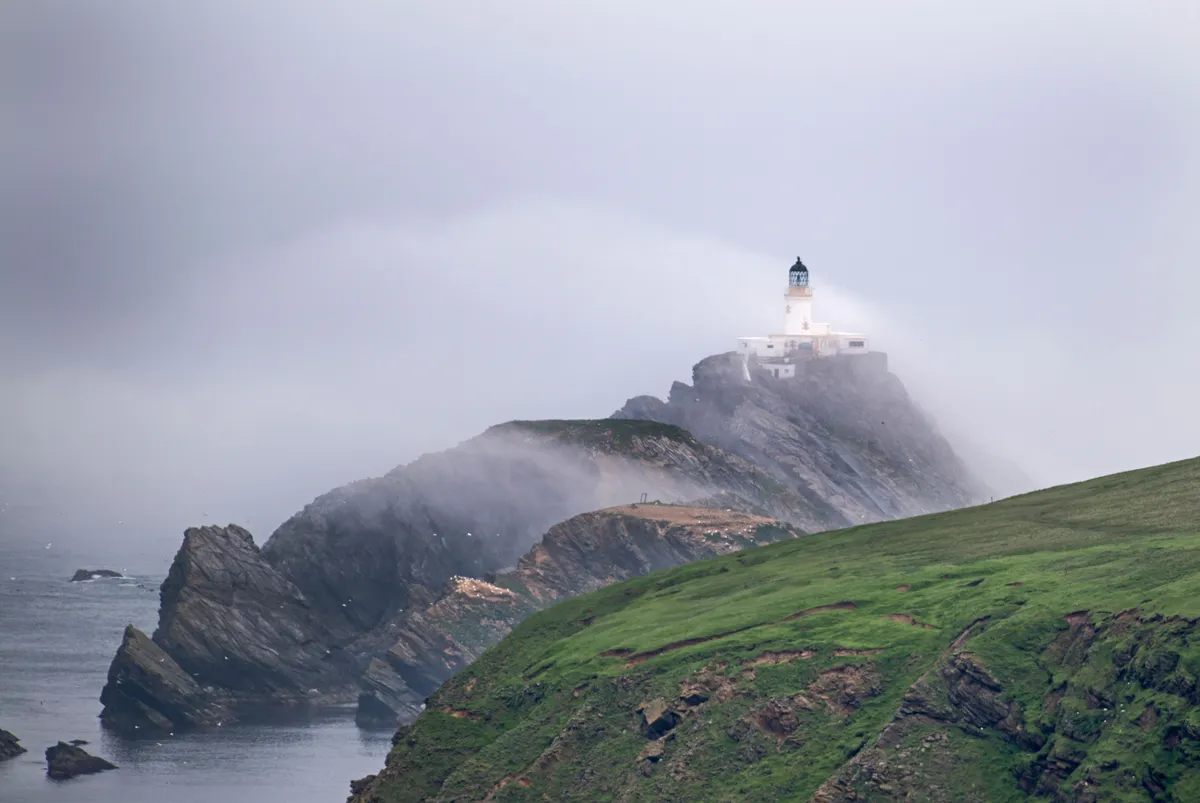
Situated on the northern point of the isle of Unst in the Shetlands, the endearingly named Muckle Flugga is the more northerly lighthouse in Britain. Nearer to Bergen in Norway than to Aberdeen, Muckle Flugga was established in 1854.
It was designed and built by Thomas and David Stevenson, the father and uncle of the author Robert Louis Stevenson. The writer visited the island as a young man and it is believed that it influenced him in his creation of Treasure Island.
Ardnamurchan Lighthouse, Scottish Highlands - most westerly lighthouse on mainland Britain
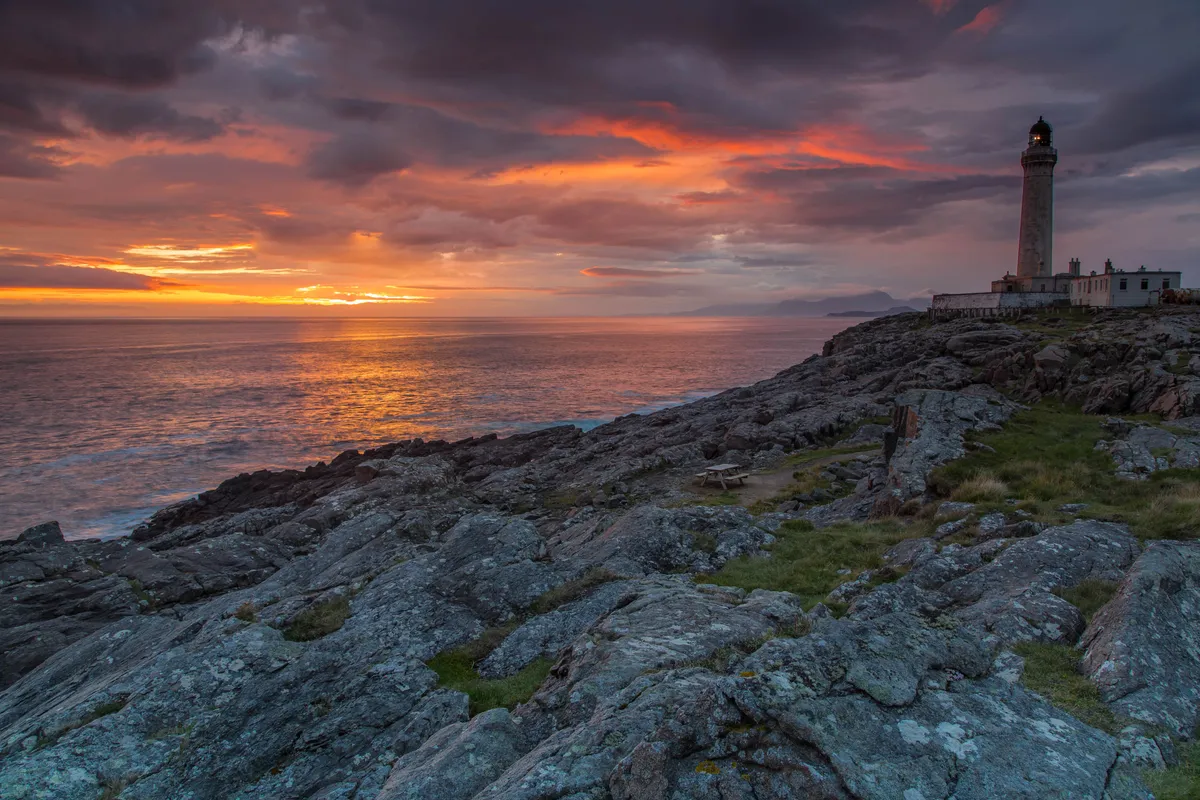
In 1845, the 20 acres was bought for the princely total of £20 for the construction of this lighthouse, which now stands as the most westerly on the British mainland. To the west of Fort William, in the West Highlands, it is 36 metres tall and build of granite from the Island of Mull and is the only lighthouse in the world built in an Egyptian style. Another Stevenson family creation, it was erected by Alan Stevenson, brother of Thomas and David, also an uncle to Robert Louis.
Chalk Tower, Flamborough Head, East Riding of Yorkshire - oldest complete lighthouse in Britain
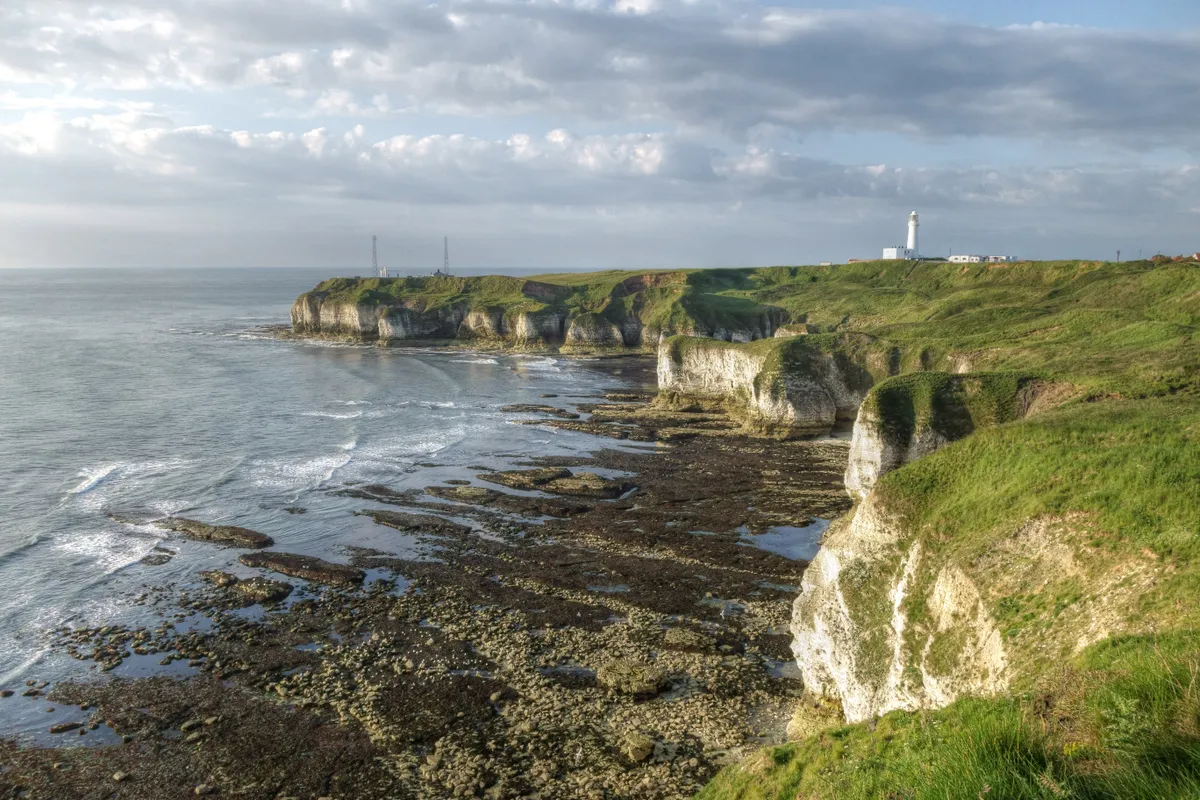
The chalk tower lighthouse at Flamborough Head was built in 1669 and recent examination and restoration of the structure suggests that the beacon was never actually lit. However, having stood for more than 350 years, it is still the oldest complete lighthouse structure in the United Kingdom, and one of the oldest in the world.
Bell Rock, off Dundee, Scotland – oldest surviving sea-washed lighthouse
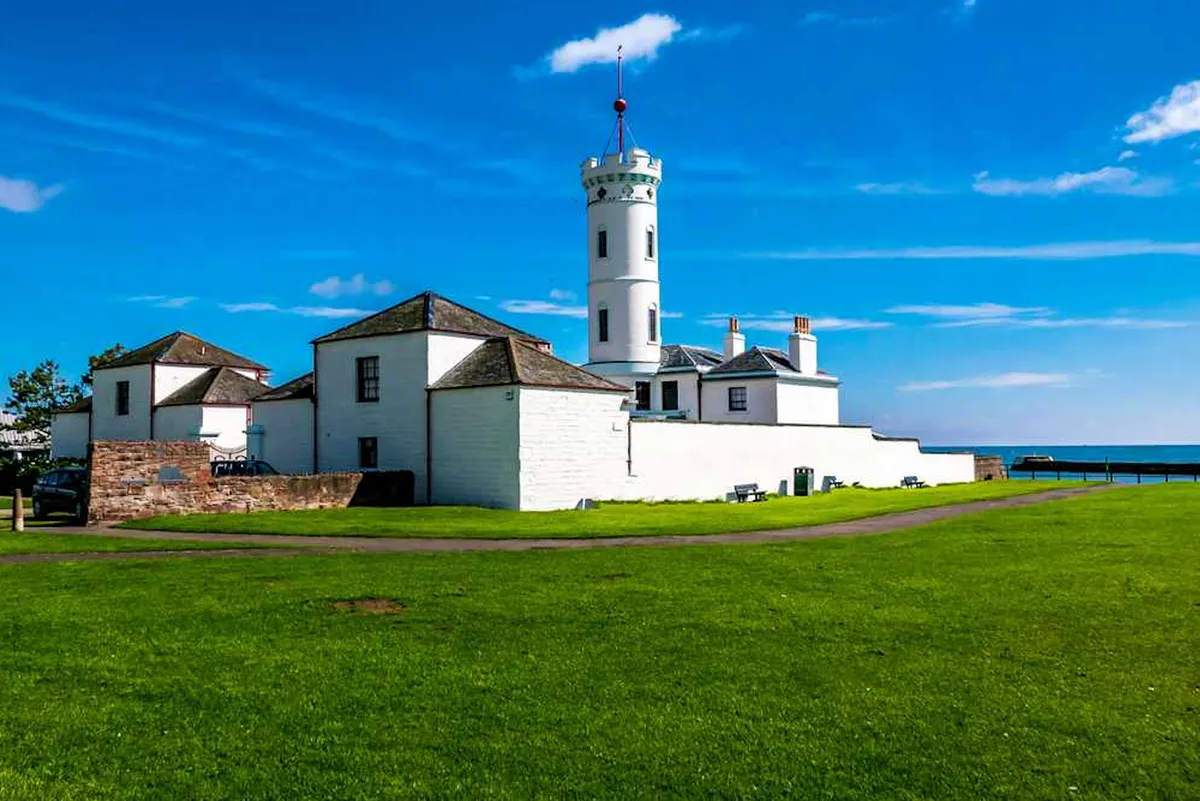
Sitting on a dangerous rock off the coast of Dundee and Arbroath, another Stevenson creation – this time Robert’s, Bell Rock or Inchcape lighthouse is the oldest surviving lighthouse not on the mainland or a significant island.
Continually buffeted by the North Sea since 1811, the Bell Rock lighthouse warns sea-goers of the dangerous reef as they navigate their way in and out of the Firths of Tay and Fourth.
Dover Castle, Kent – oldest lighthouse building
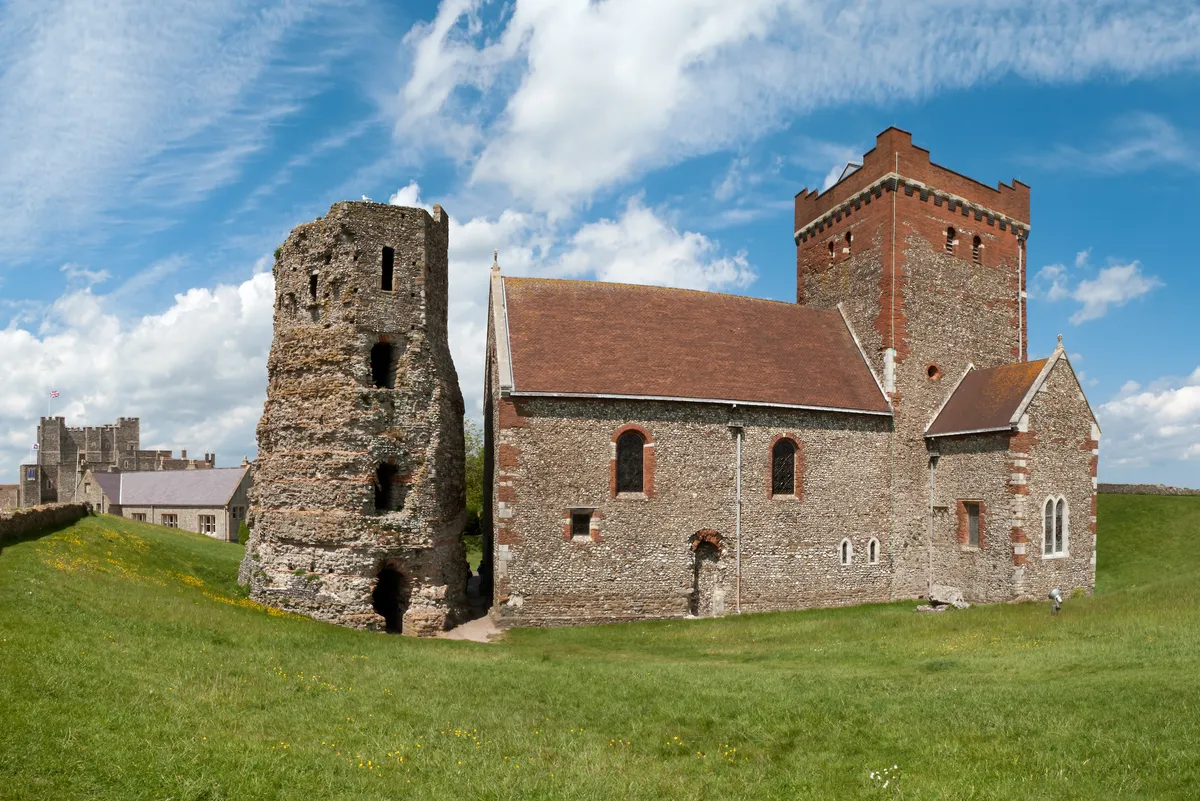
While Bell Rock might be one the oldest surviving lighthouses in the UK, Dover Castle is home to the oldest lighthouse building, although it hasn’t been functional for some time.
At about 2000 years old, the ruins of a Roman lighthouse can be seen within the castle grounds. Dating from roughly 45-50AD this well-preserved, four storey pharos would have been built not long after the invasion of Britain.
Berry Head, Devon – shortest lighthouse in Britain
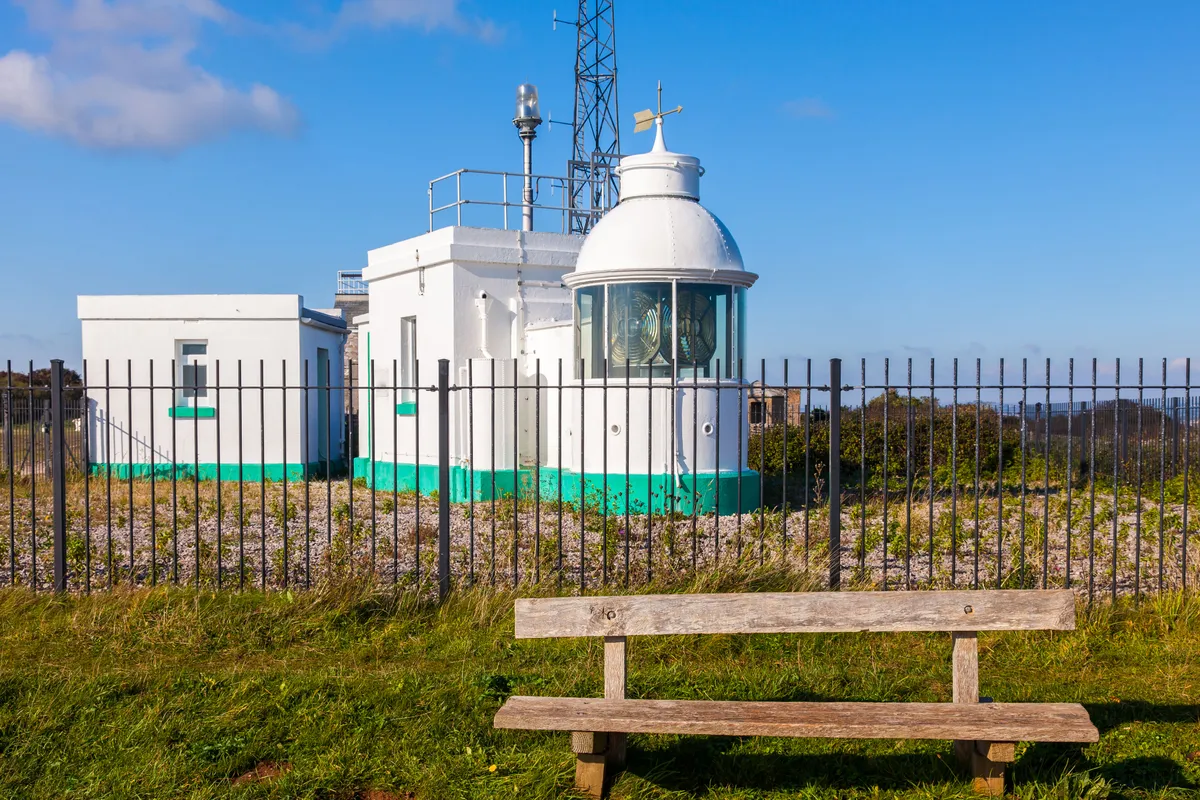
Rare plants surround this somewhat squat lighthouse in southern England. Pink thrift, white sea campion, autumn squill, wild rock rose, goldilocks and honewort can be found around this 5 metre tall lighthouse.
Despite being such a miniature building, it also happens to be one of the highest lighthouses in the country, set on top of a 60 metre high headland.
Skerryvore, Hebrides, Scotland – tallest lighthouse in Britain
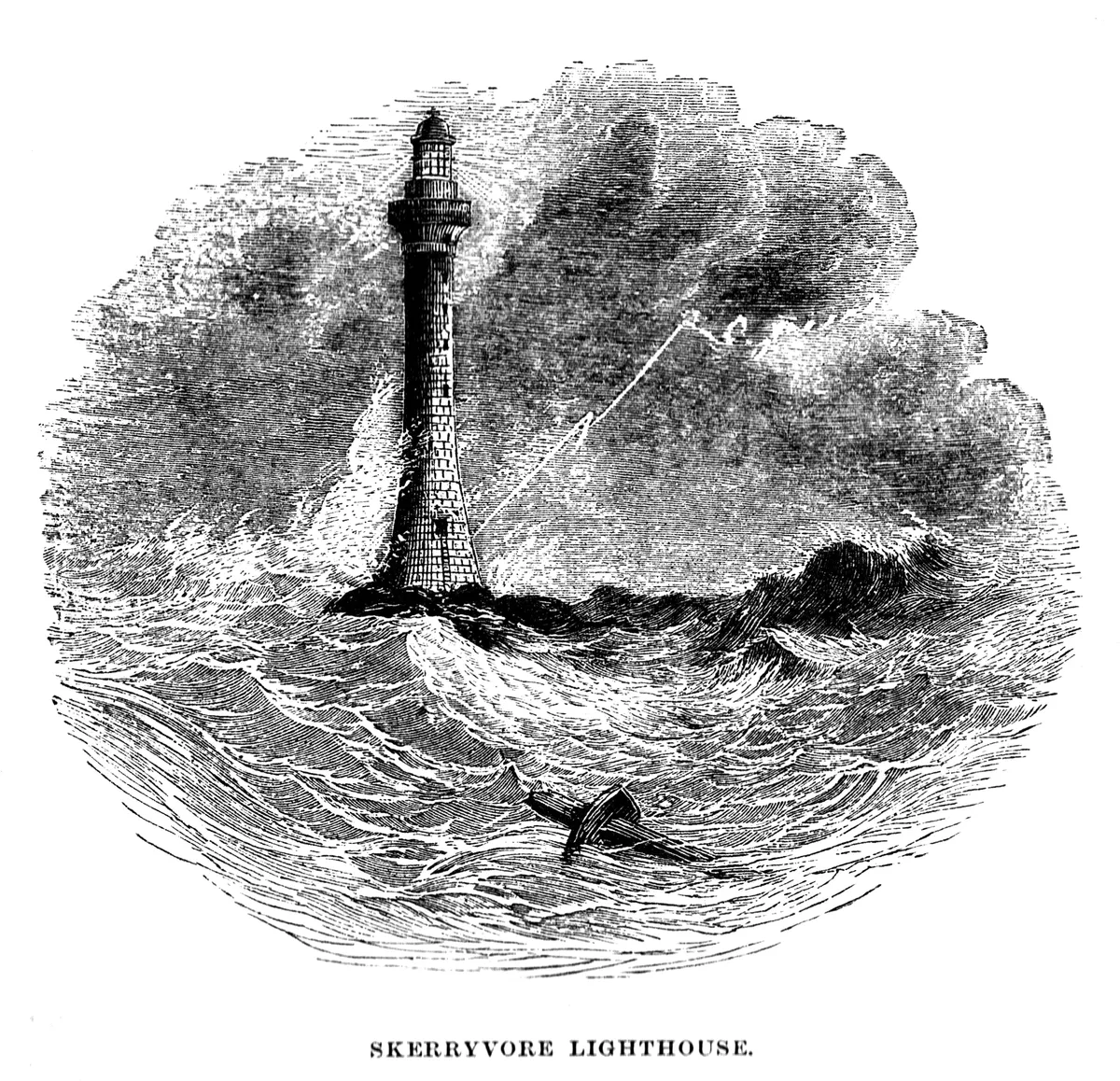
It seems that if there’s a lighthouse in Scotland it’s going to have been engineered by a Stevenson. Alan can boast to have constructed the tallest.
Standing at almost 50 metres tall, Skerryvore stands guard over the treacherous rocks beneath the waves off the Hebridean coast, near the isle of Tiree. While it may not be festooned with the white and red of what is often seen to be the traditional lighthouse look, this granite giant is widely believed to be one of the most graceful lighthouses in the world. It is also slightly more westerly than Bishop Rock on the Scilly Isles.
Souter Lighthouse, Tyne & Wear – first lighthouse built for electric light
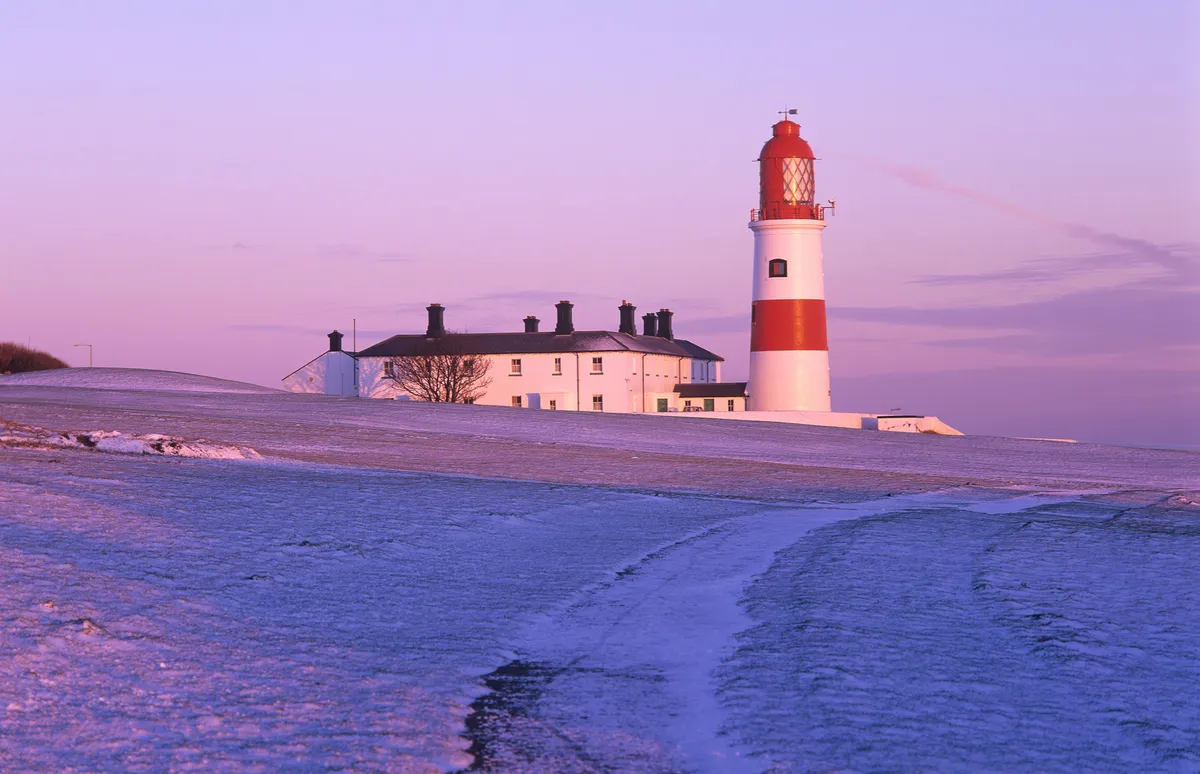
Now owned by he National Trust, Souter lighthouse is situated on the North East coast between the Tyne and the Wear river mouths. Completed in 1871, the red and white hoops of the lighthouse echo those of Beachy Head and this was the first lighthouse in the world built for electric power. This lighthouse is also rumoured to be haunted.
The Walney Lighthouse – last lighthouse to be automated
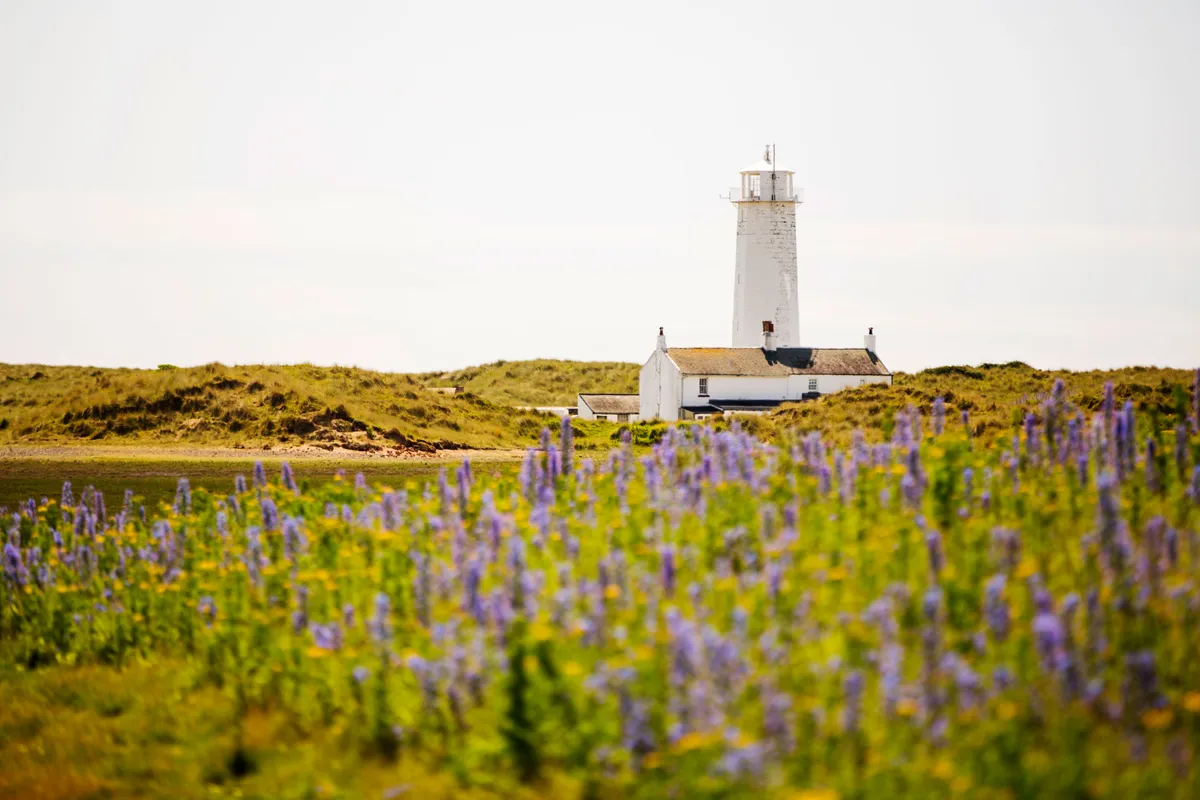
Sat at the southern end of Walney Island, off Barrow in Furness, was Britain's last lighthouse to be automated in 2003.
Prior to this, the North Foreland lighthouse in Kent was automated in the UK, back in 1998, marking the end of the lighthouse keeper. This lighthouse structure has stood here in some shape or form since 1499.
Eddystone, Plymouth / Beachy Head, Sussex – most famous or iconic
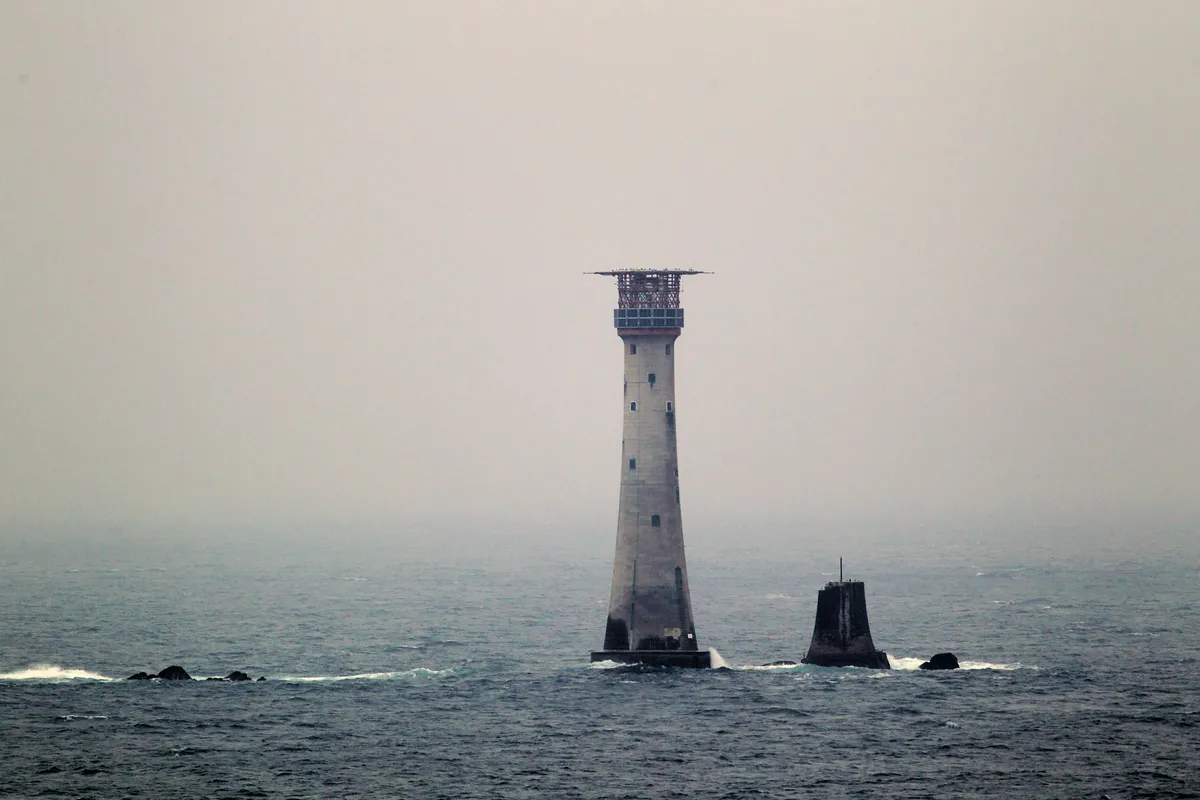
There has been a beacon on the site of the Eddystone lighthouse since 1698. Now in it’s fourth incarnation, the base of the third still visible beside it, Eddystone lighthouse was referenced in Moby Dick.
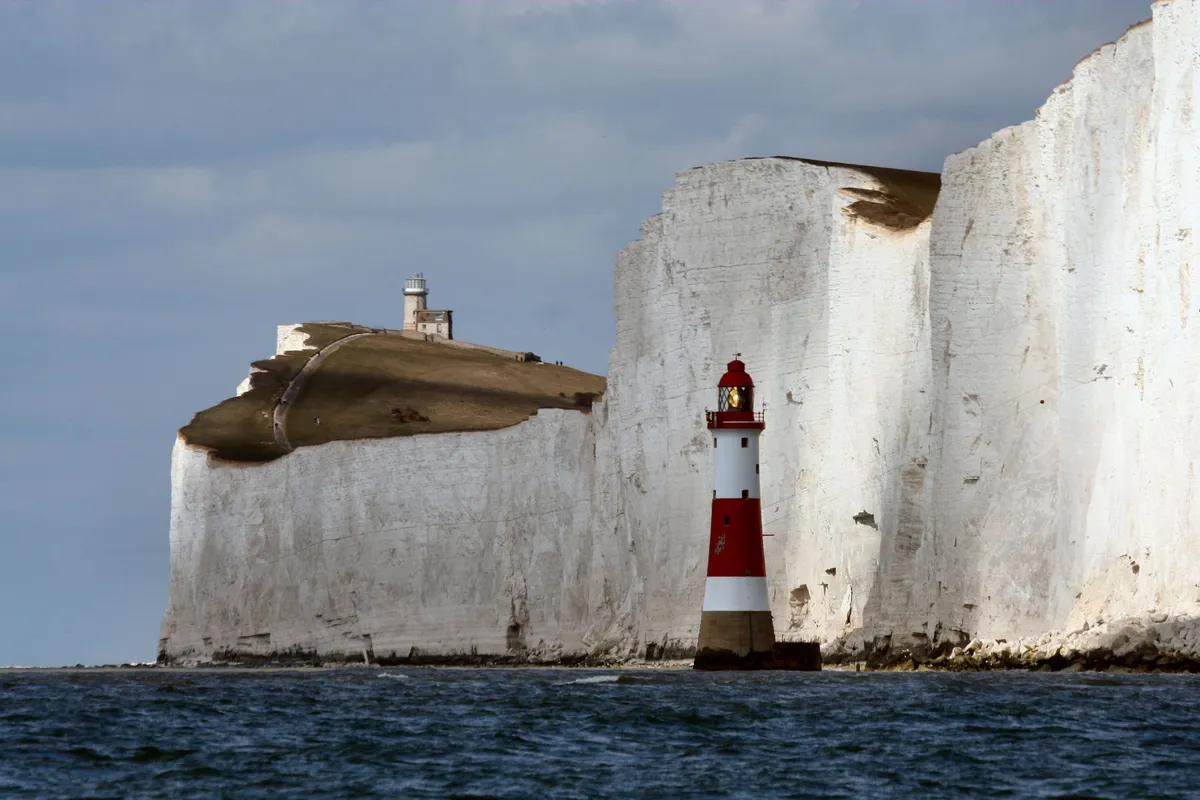
More modern references have been made to Beachy Head lighthouse, which has appeared in James Bond films (The Living Daylights) and many TV shows, it’s red and white stripe standing on the beach, set against the white cliffs; it’s an quintessentially British vision.
Point of Ayr, Flintshire
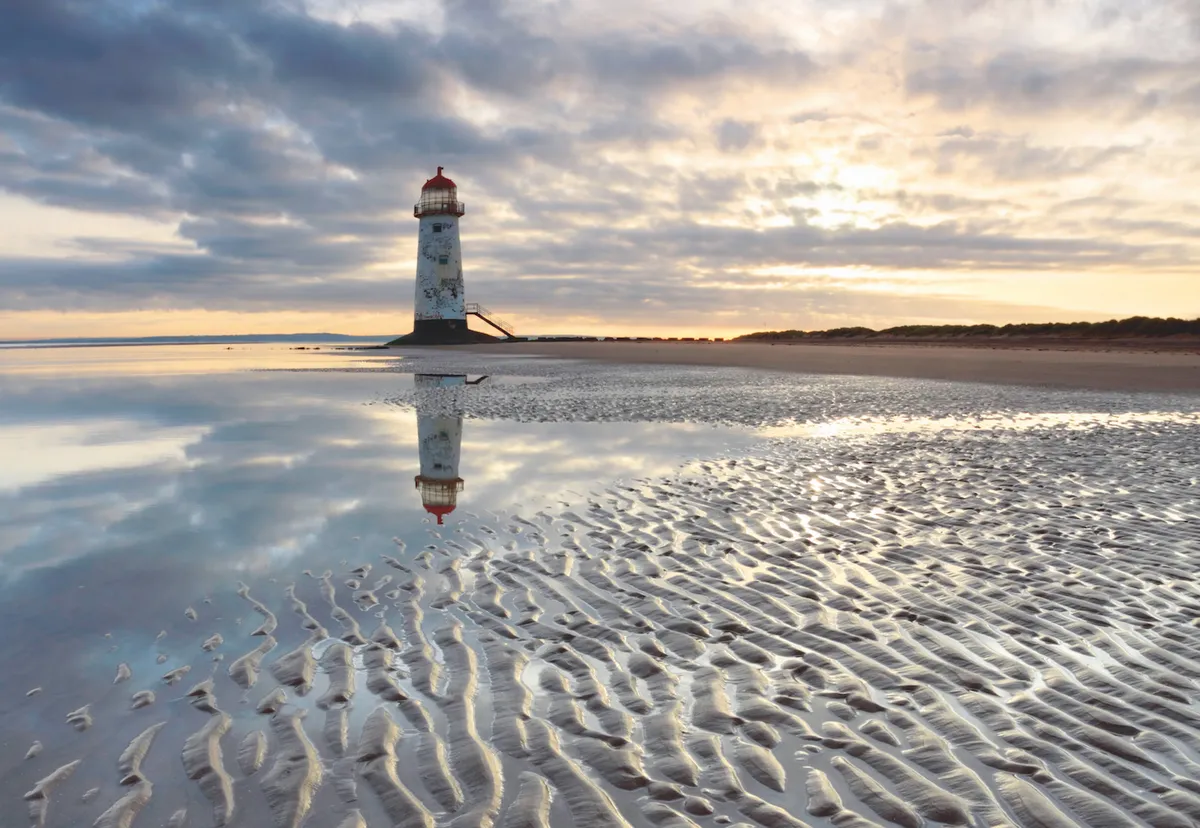
The Point of Ayr lighthouse was built in 1776 as an aid for mariners approaching the Dee Estuary from the north and west. Trinity House took it over in the 1820s and added a new lantern. The building has weathered many storms, been used for numerous purposes, including a holiday home, and is said to be haunted by the last lighthouse keeper.
South Foreland, St Margaret’s Bay, Dover
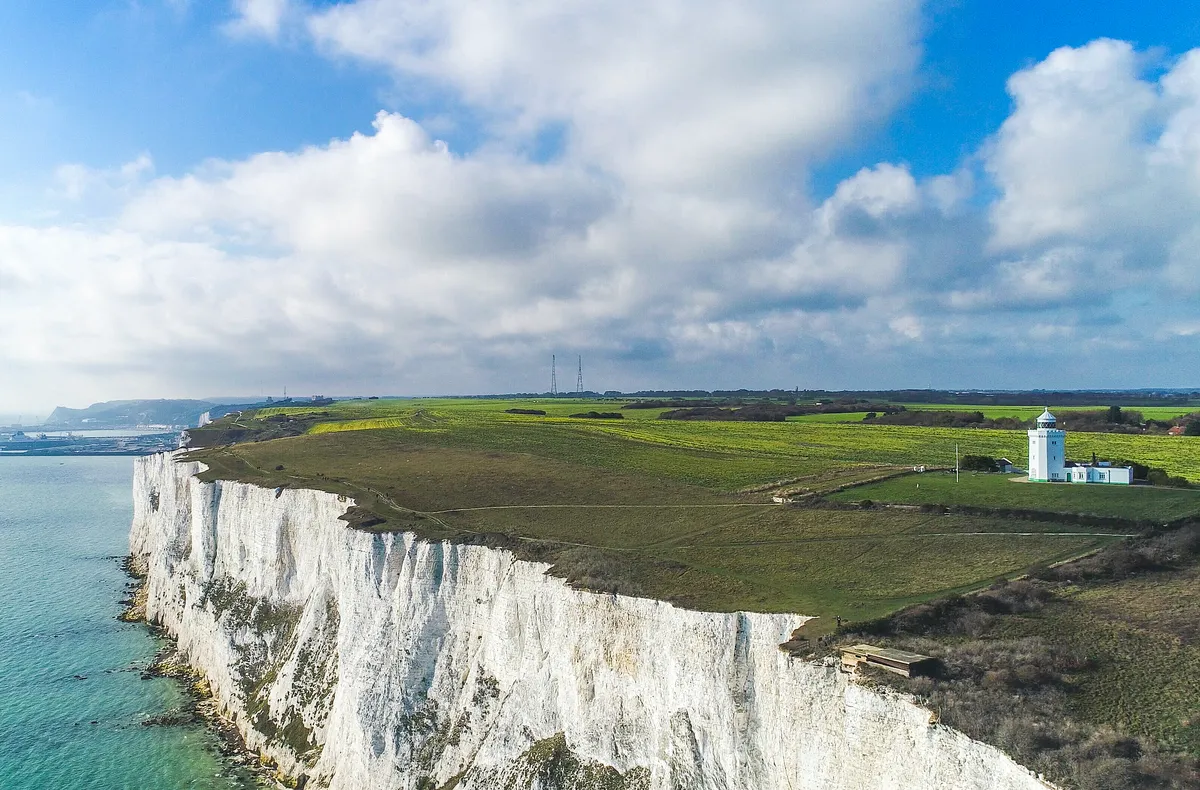
This is a lighthouse of firsts. A landmark on the cliffs of Dover, it was the first to use an electric light anywhere in the world, despite Souter being the first to be built for that purpose. The first ever ship-to-shore radio transmission and distress signals were also received by this lighthouse.
Happisburgh, Norfolk
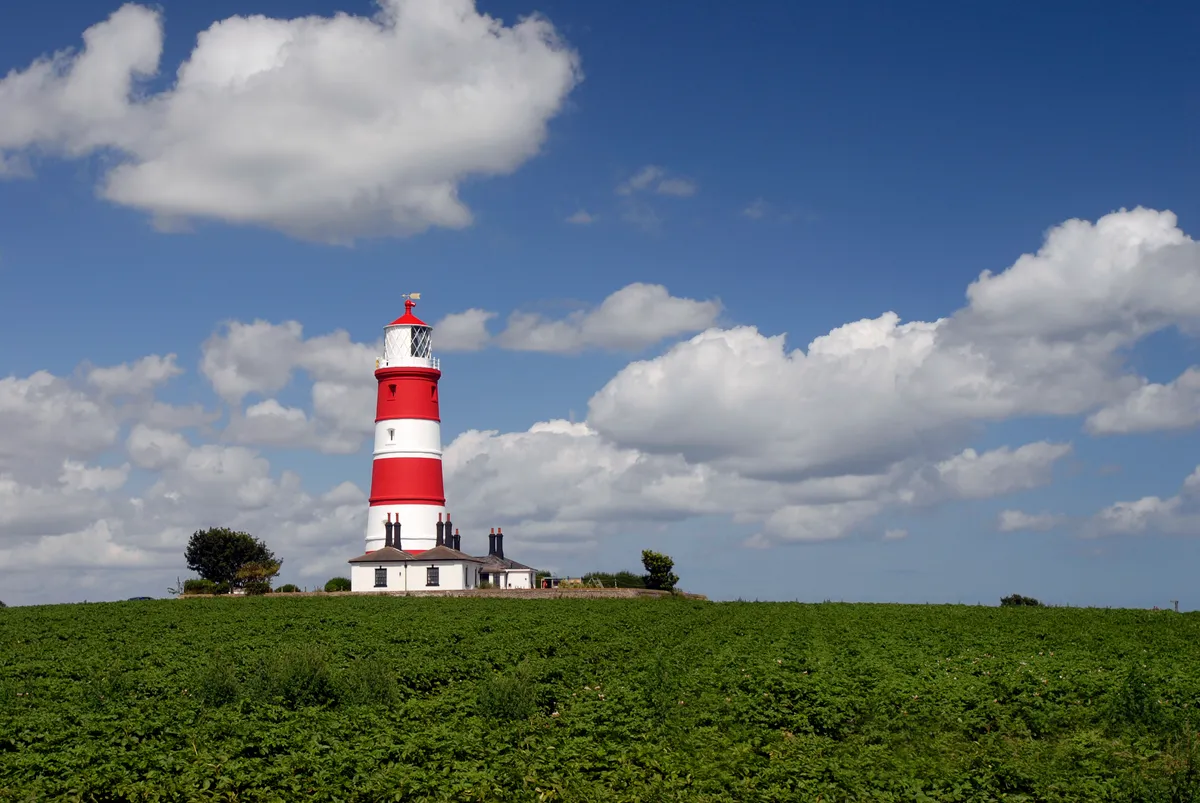
In a village famed for the threat posed to it by coastal erosion, this is the only independently run operational lighthouse in UK and the oldest working lighthouse in East Anglia.
Adnamurchan, Highland
The 1849 Alan Stevenson lighthouse at the end of Ardnamurchan Peninsula, the most westerly part of the British mainland, is exceptional: an outstanding piece of architecture, a fabulous journey to get there and a great tearoom once you arrive.
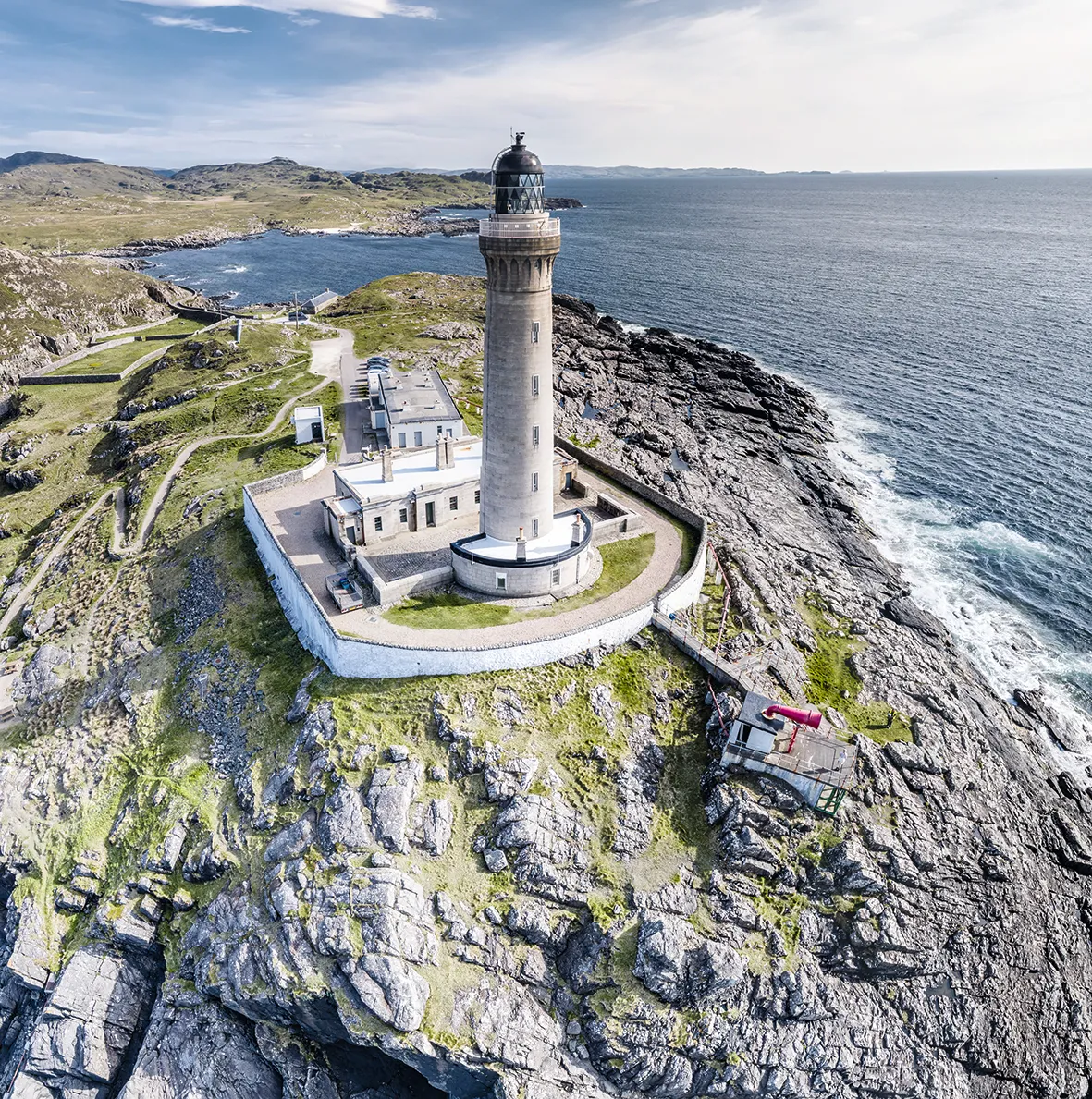
Kinnaird Head, Fraserburgh
Once a castle, then a Robert Stevenson lighthouse, now a museum, Kinnaird Head is special for all sorts of reasons. It’s also home to one of the last remaining examples of the beautiful old Victorian lenses.
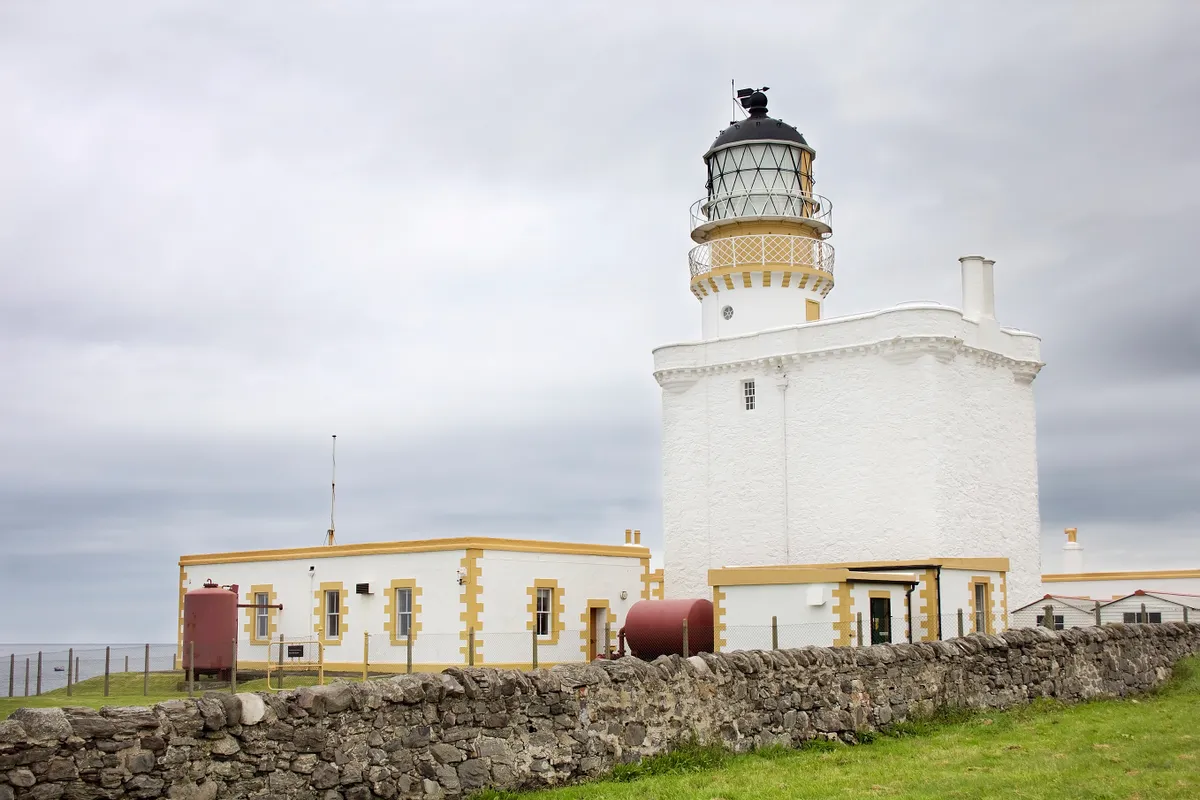
North Ronaldsay, Orkney
Uppermost of all the Orkney islands, North Ronaldsay is actually home to two lights: Start Point, one of the earliest Scottish lights, and then to Alan Stevenson’s light, built in 1852. It’s open for tours; from the lantern room at the top of the tower you can admire the wild seas and the island’s famous seaweed-eating sheep. The keepers’ cottages have been turned into classy holiday lets.
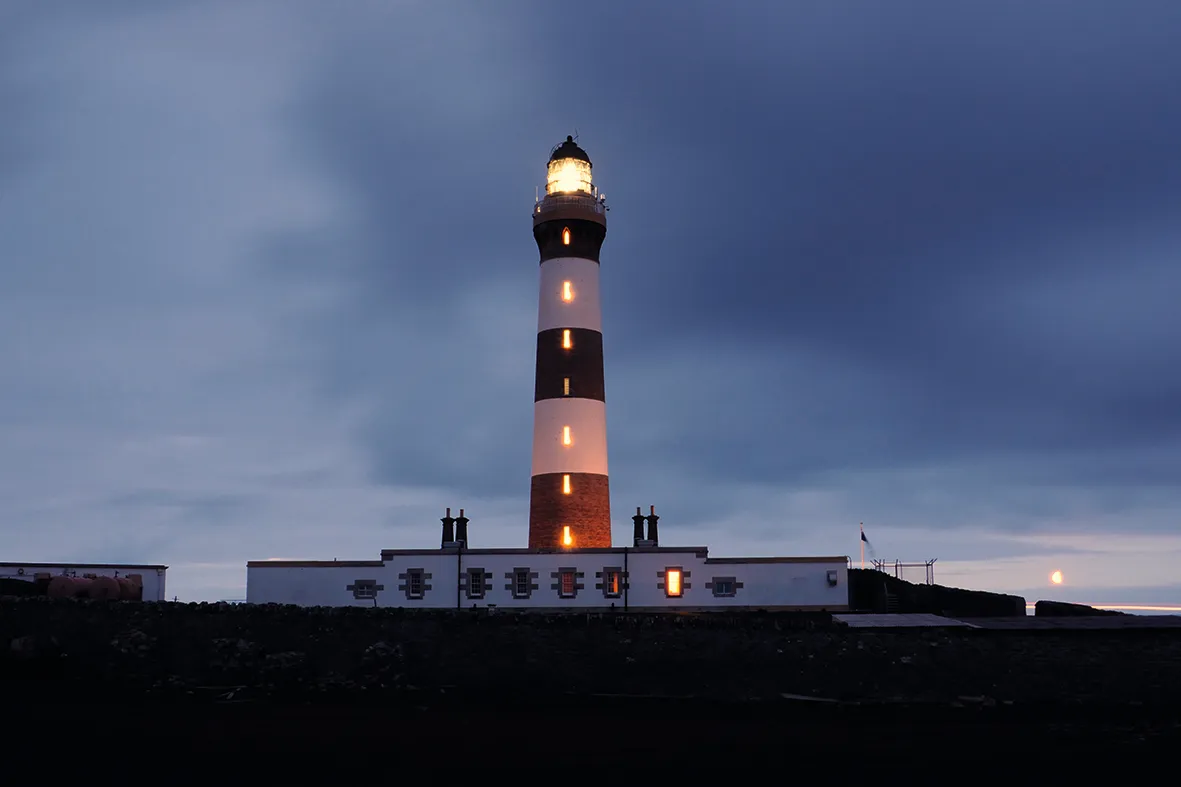
Lighthouses you can stay in
Many of Britain's lighthouses are now holiday lets, which offer a unique experience – and wonderful sea views! Here is our pick of the best lighthouses you can stay
Mull of Galloway Lighthouse, Dumfries & Galloway

High on top of a cliff on the most southerly point of Scotland is one of the Stevenson’s great lighthouses, which first shone in 1830. Superb mountain, forest and coastal scenery await. There are three holiday cottages but the old lightkeeper’s cottage offers the most spectacular coastal views. lighthouseholidaycottages.co.uk/lightkeepers-cottage
North Ronaldsay Lighthouse, Orkney
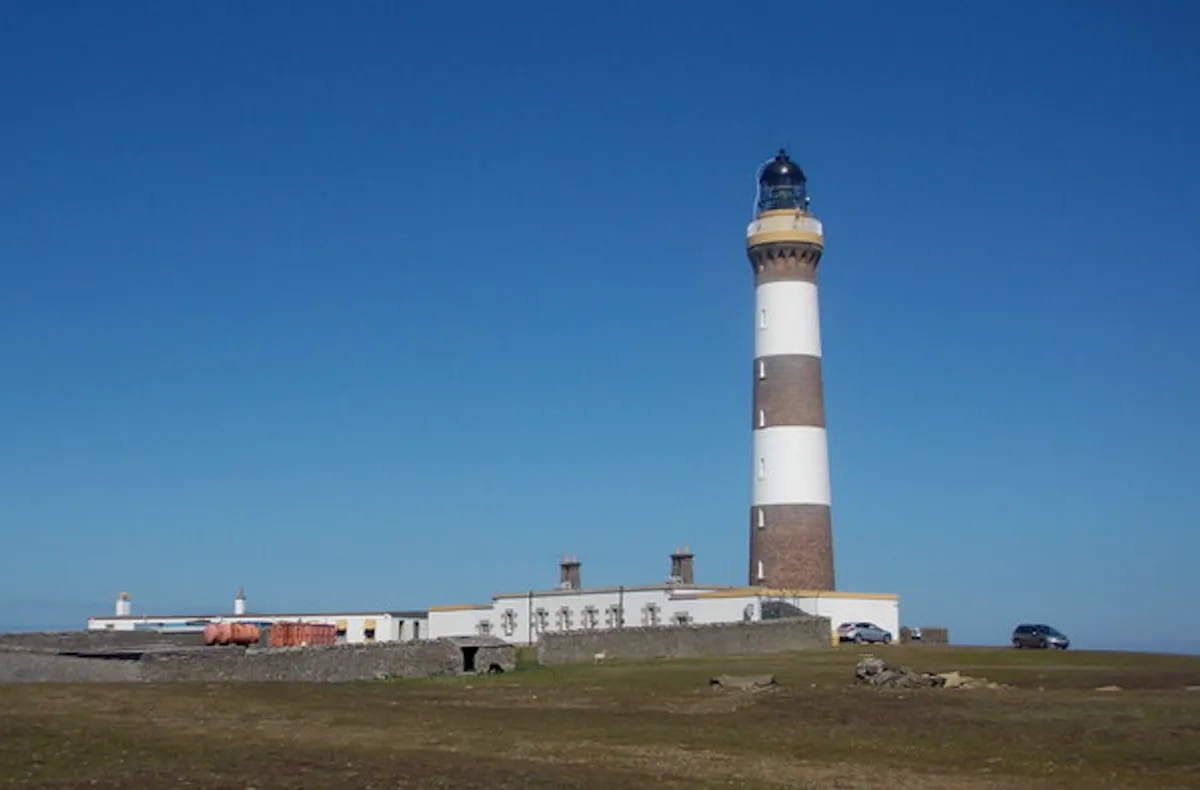
The ultimate in escapism and one of the most dreamy lighthouses in Scotland, North Ronaldsay, is surrounded by wild and dramatic scenery. Being cut off, the local community is still fairly traditional. Rare breed sheep feed on seaweed by the shore and you can purchase the uniquely flavoured meat locally. nts.org.uk
Lundy Island, Devon
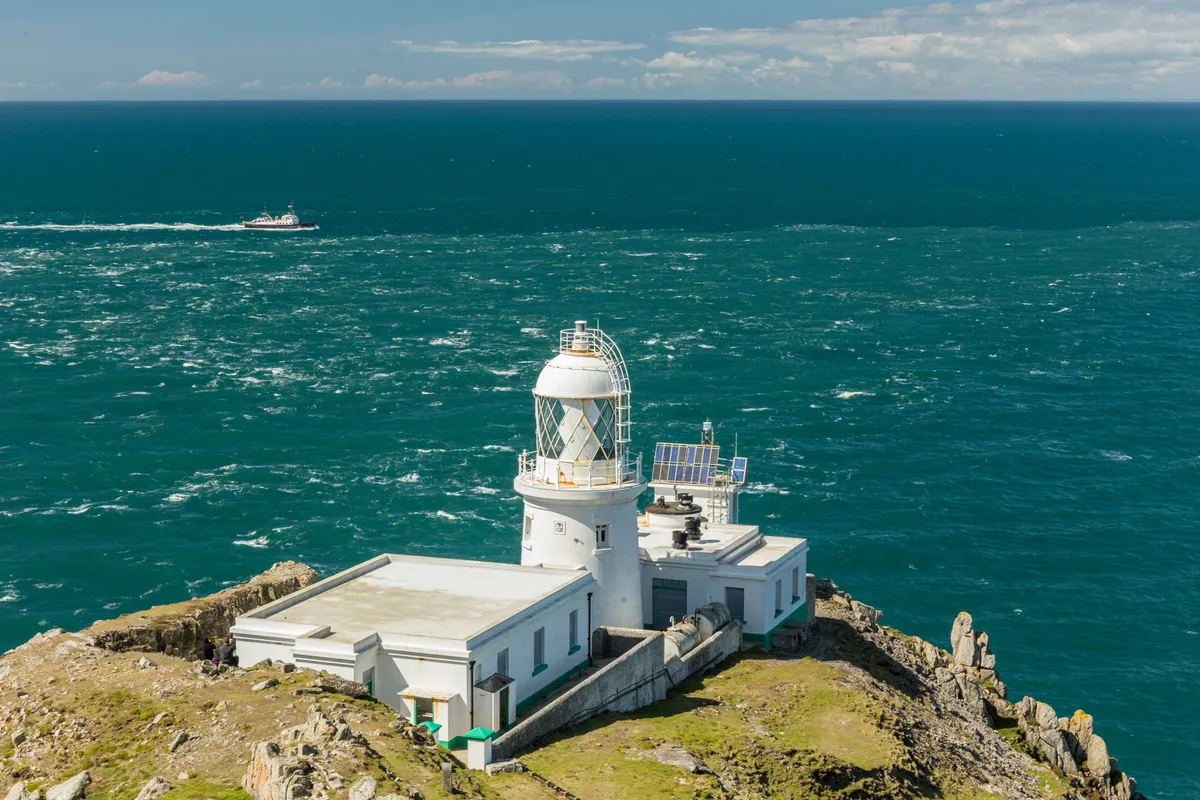
A 3½ mile-long mass of granite surrounded by reefs and jagged rocks was a perilous obstacle to mariners entering the Bristol Channel – until a lighthouse was built in 1820. The Old Light was later replaced by two lighthouses at either end of the island. Stay in the former lighthouse keeper’s house (divided into two flats) adjoining the Old Light’s austere granite tower. landmarktrust.org.uk
The Lighthouse, Llandudno, Conwy
Not your average lighthouse. The hotel is more fortress-like, with quirky rooms and original features in abundance. Those lucky enough to stay in the Telegraph Room can enjoy spectacular 280° views and (accompanied) trips on to the lighthouse roof via step-ladders. The Lamp Room retains the Victorian glass panels and offers similarly jaw-dropping coastal views. lighthouse-llandudno.co.uk
Belle Tout, East Sussex

This petite lighthouse overlooking the English Channel didn’t always stand here. In 1999 it was moved 17m (56ft) north to avoid falling into the sea as the chalk cliffs eroded. B&B guests enjoy superb views from the lantern room, and coastal walks straight from the front door.belletout.co.uk
